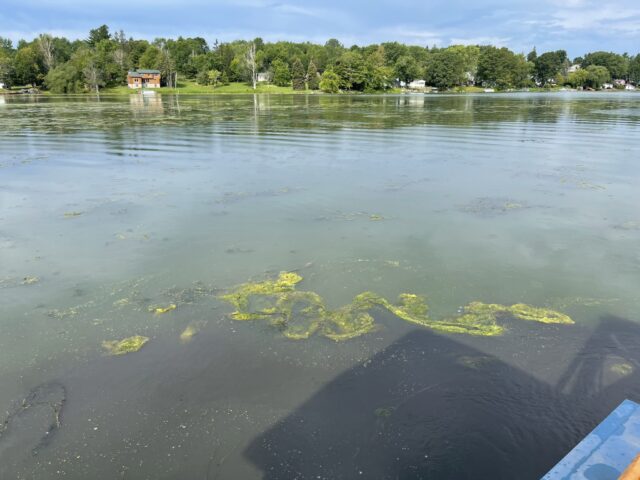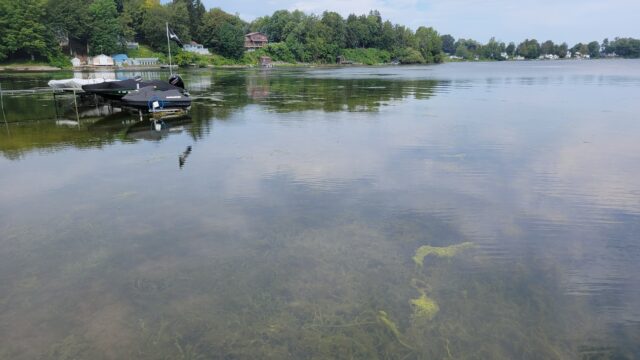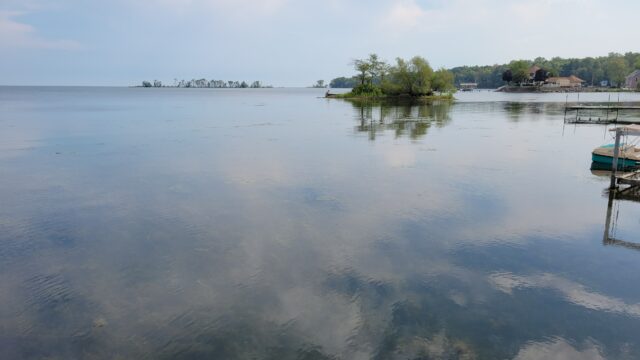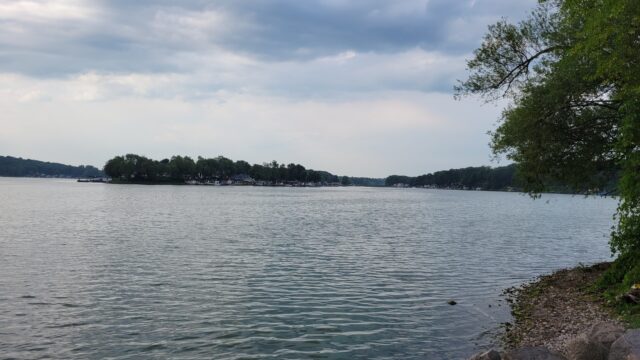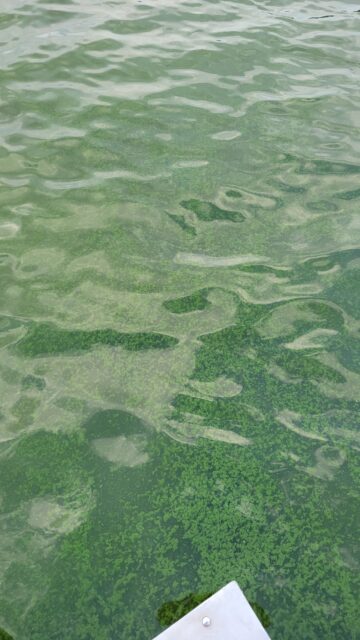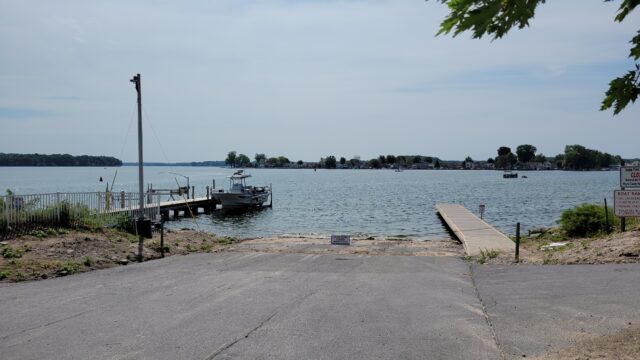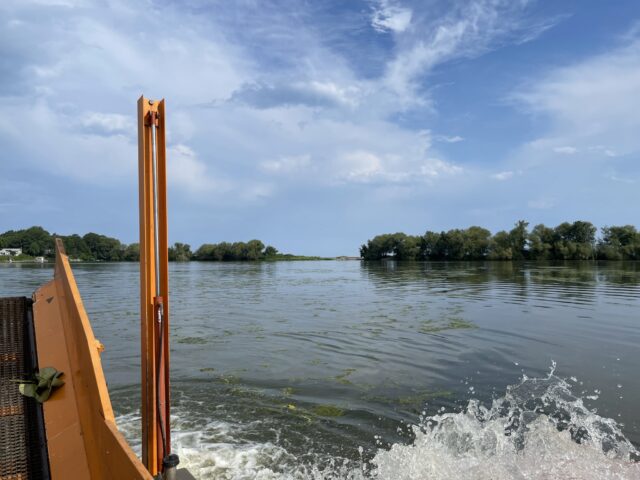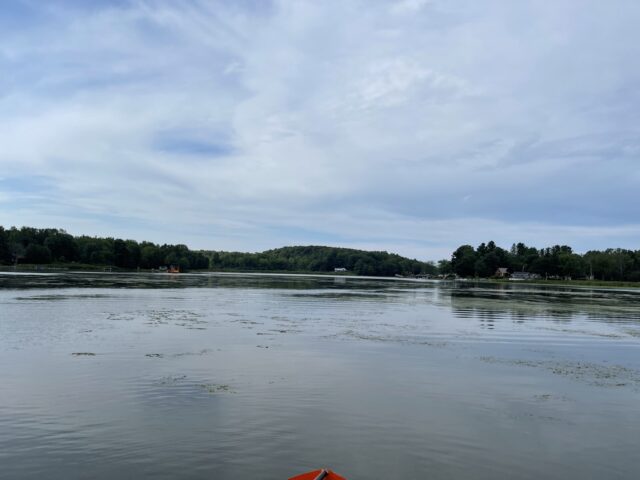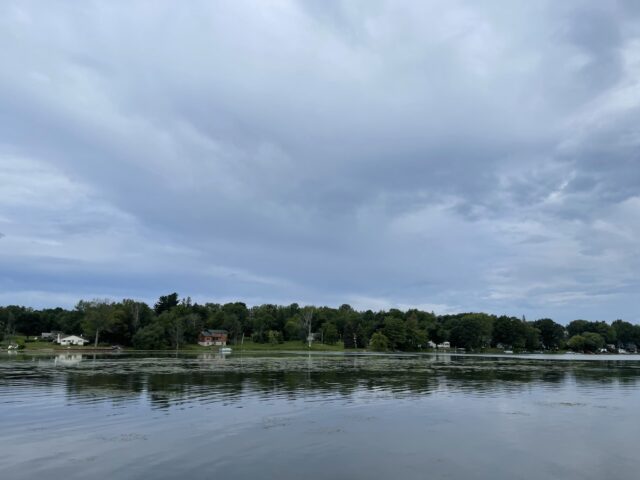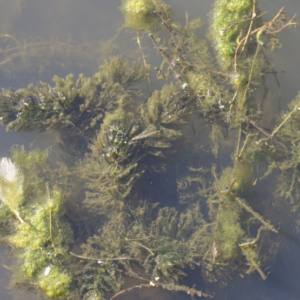Water Quality Observations and Updates 08-09 to 08-13
All the County’s embayments are looking turbid and have varying tints of green due to planktonic algae growth. Some areas of each waterbody may have more than others depending on wind intensity and direction. Each rainstorm we have brings nutrients, whether caused by humans, animals, or plants, to the aquatic vegetation of the bays. An interesting observation was witnessed involving the aquatic food chain.
The wind had blown algae towards the channel of Lake Ontario and Port Bay. You could see young-of-the-year fish swimming through the algae and making short, quick movements in different directions as if feeding on something. Hint: They’re feeding on zooplankton (tiny aquatic “bugs”). Then, you could see slightly larger fish breaking the surface and smaller fish fleeing by skipping across the water. This was the aquatic food chain happening right before your eyes. Wind-concentrated algae was being grazed by zooplankton. The zooplankton was being preyed upon juvenile fish, and consequentially, the small fish were the quarry of other larger piscivorous fish. Perhaps there was a few bass or pike in the area that were stalking their next meal. Just up the channel was a Great Blue Heron slowly wading and waiting for its turn.
Water Quality Awareness Week of 08-9 through 13th
Good news for the AVC Program: The trailer has been repaired and we are now able to transport to the other Bays. As of mid-week, the harvesters will be on East Bay and once complete there, they will proceed to Port Bay. Water levels and some logistics are still making launching the harvesters and unloading material an interesting event. We are doing the best possible work we can do with the circumstances we have encountered.
East Bay has a very dense concentration of Coontail (Cerstophyllum demersum) in the middle of the bay that has grown right to the surface. Coontail is a native, dark green, submerged perennial aquatic plant that lacks true roots. It is loosely anchored to the bottom by specialized stems (rhizoids). Because of this, Coontail absorbs nutrients directly from the water.


